The William D. Ford Federal loan (Direct Loan) program is that the single largest source of federal financial assistance to support students’ postsecondary educational pursuits. The U.S. Department of Education estimates that in FY2020, $100.2 billion in new loans are going to be made through the program. As of the top of the second quarter of FY2019, $1.2 trillion in principal and interest on loan program loans, borrowed by or on behalf of 34.5 million individuals, remained outstanding. for several individuals, borrowing a federal student loan through the loan program could also be among their first experiences in incurring a serious indebtedness . Upon obtaining a loan, a borrower assumes a contractual obligation to repay the debt over a period which will span a decade or more.
Loans were first made through the loan program in 1994. Since then, Congress has periodically made changes to the program and therefore the terms and conditions of loans. Changes have impacted program aspects like the supply of loan types, interest rates, loan repayment, loan discharge and forgiveness, and therefore the consequences of default. Over time, the buildup of changes—many of which are differentially applicable to borrowers or loan types—has resulted during a set of loan terms and conditions that are voluminous and sophisticated . Congress may contemplate making future changes to loan terms and conditions.
The William D. Ford Federal loan Program provides “low-interest loans for college kids and fogeys to assist buy the value of a student’s education after highschool . The lender is that the U.S. Department of Education, instead of a bank or other third-party financial organization .
The US government initiated several programs to help students in financing their education through different loan programs. Overall loans can be classified into two groups: Federal Loan programs and Private Loan programs. The second class programs are narrower and mainly speculated for specific students regarding their field of study. Many of them finance future farmers, bankers, and public workers. They offer a loan in diverse interest rates and trying to implement regulations that everybody is consent. William D Ford Act is one of many federal loan program and is called with different names such as Direct Loan, Stafford Loan and Ford Loan in various universities. The idea of the program is that the US Department of Education gives a determined amount of money. The pros of the William D Ford Act is that it is directly linked to the Department of Education.
Almost every single high school student would love to continue his education in a bachelor degree, if not in a master degree. But unfortunately, not every one of them can afford the cost of this education. All accredited university students can be eligible and obtain up to $31.000. The William D Ford Act has two parts of the subsidized, and unsubsidized part and each kind have own terms and conditions.
What does William D Ford Act stand for?
The US government is a provider and guarantee of the direct loan. That’s why the credit is distributed with the low-interest rate to satisfy all students and meet expectations of parents. Any payment in advance is forbidden on loan and if you confront with similar cases mind to give information to the Department of Education. Instead, students ought to pay deferment charge after graduating or any other type of leaving, including dropping off. The strict rules for the Direct Loan were implemented, and students must fill Free Application for Federal Student Aid (FAFSA) first.Interest rates of the loan are not rigid and can be changed from one student to other, also from bachelor to graduate degree.
https://studentloansresolved.com/2019/03/29/2019-guide-william-d-ford-act/

